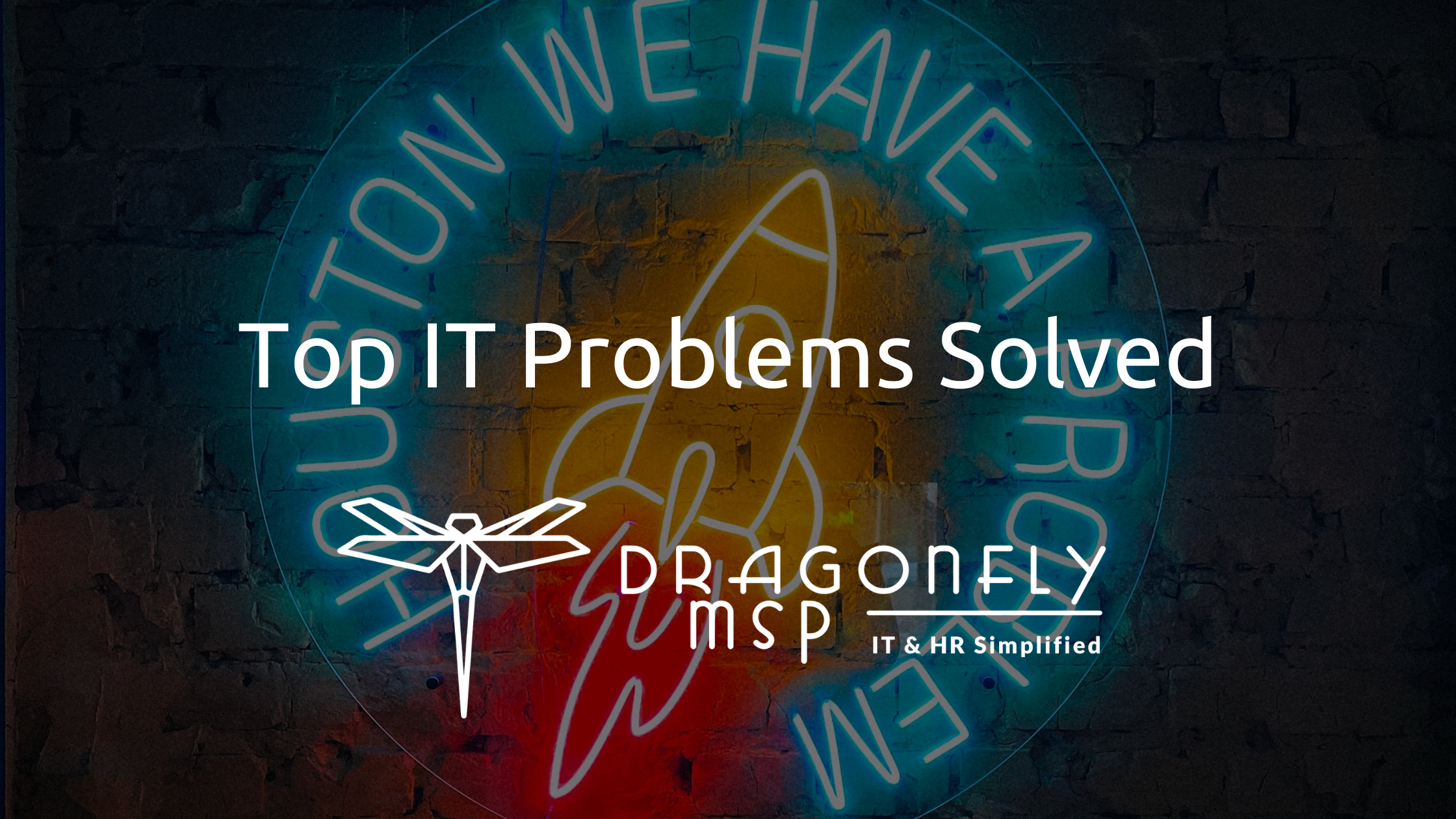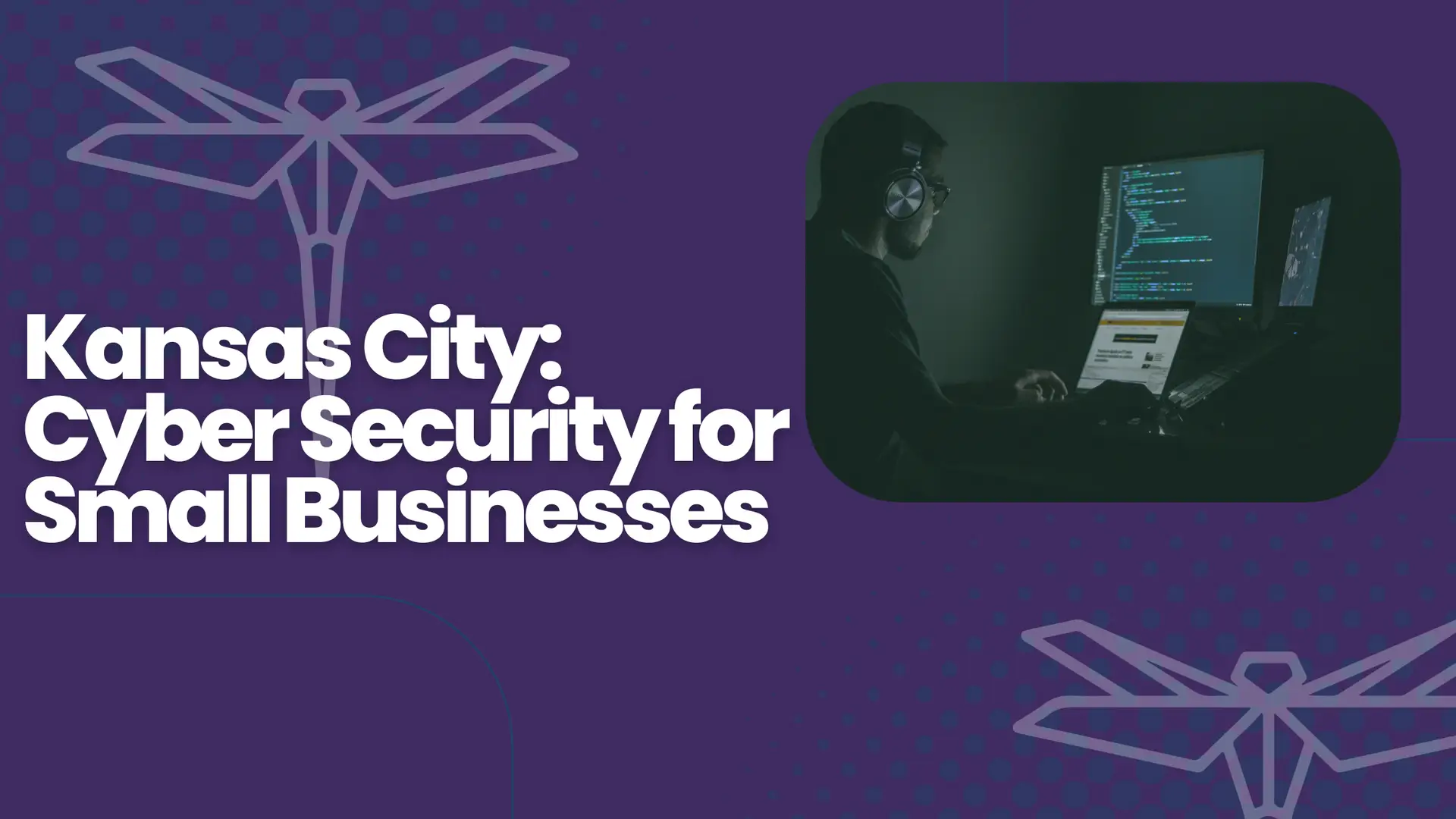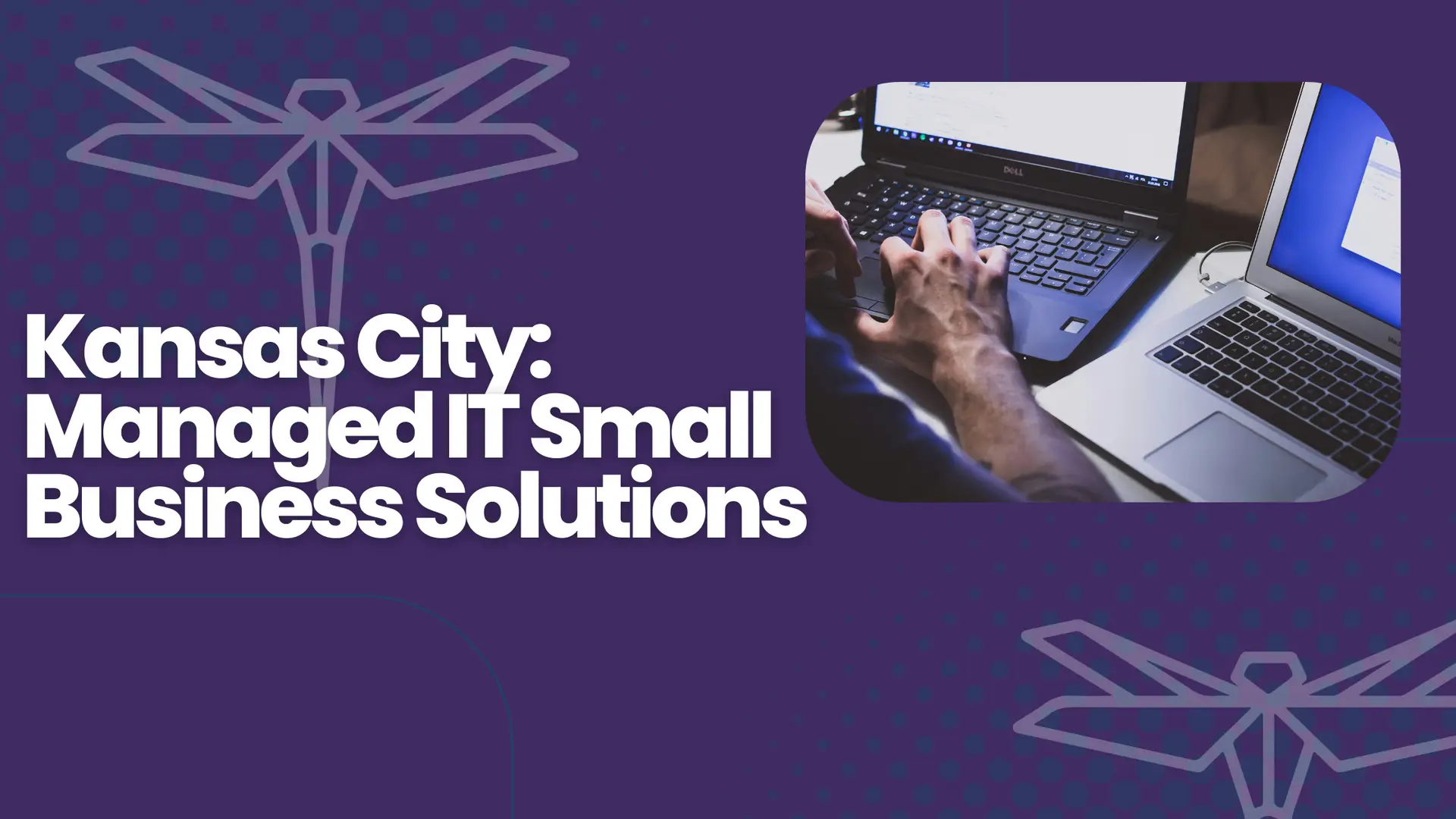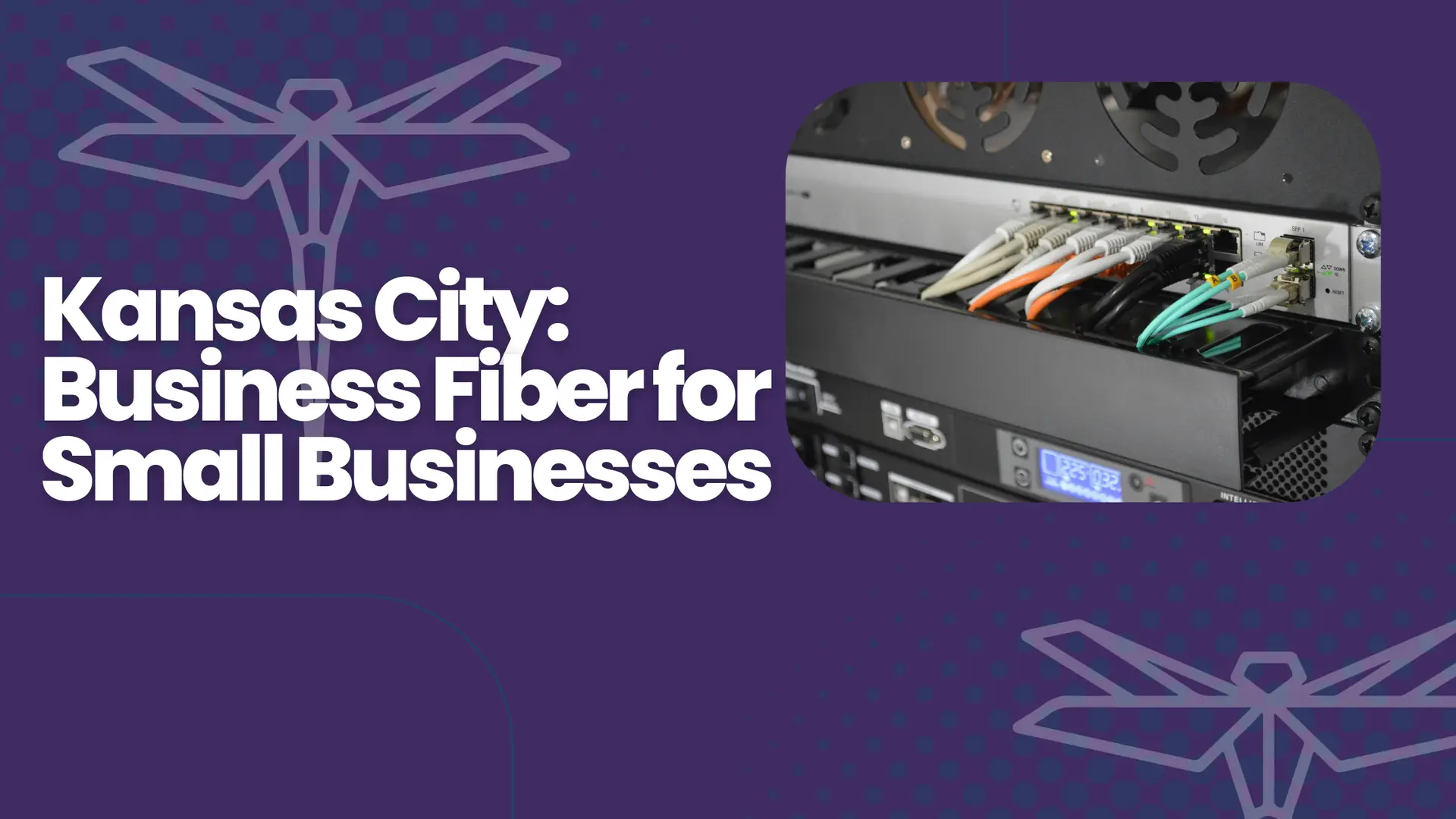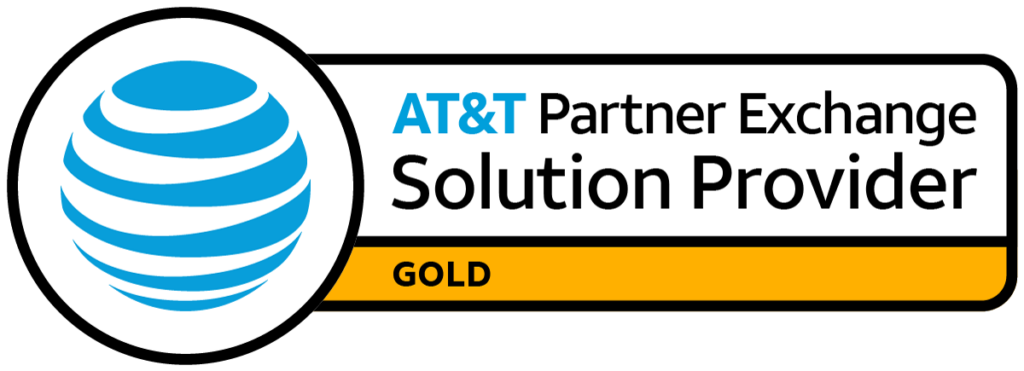Introduction
Running a business often means juggling many tasks at once. You might deal with hiring new employees, creating marketing strategies, and offering customer support—all while trying to keep your technology running smoothly. But technology can be tricky. There are countless issues that can pop up: slow computers, network outages, security threats, and more.
Managed IT Services step in to tackle these problems before they grow into major disruptions. This blog will explore the most common IT challenges that businesses face and how Managed IT solves them. We’ll keep the language simple, so you can clearly see how these services save time, money, and stress.
1. Slow Network Performance
A sluggish network can hurt productivity. If employees spend time waiting for pages to load or files to transfer, that’s wasted time and frustration.
How Managed IT Helps
- Network Monitoring: Managed IT providers watch your network around the clock to catch slowdowns early.
- Optimizing Bandwidth: They check if certain devices or apps use too much data and make adjustments.
- Upgrades: If hardware is outdated, they recommend or install better equipment.
This leads to faster workflows and happier employees.
2. Frequent Computer Crashes
Do your team’s computers freeze or crash often? This can cause lost work and missed deadlines.
How Managed IT Helps
- Regular Maintenance: They update operating systems and software to prevent crashes from old versions.
- Hardware Checks: Managed IT inspects memory, hard drives, and more to spot failing parts.
- Proactive Repairs: They fix issues early, so minor problems don’t become major breakdowns.
With fewer crashes, employees stay productive, and morale stays high.
3. Security Threats and Hacks
Cybercrime is on the rise. Hackers target businesses of all sizes to steal data or disrupt operations.
How Managed IT Helps
- Firewalls and Antivirus: They install and manage protective software that filters out harmful traffic.
- Security Audits: Regular checks identify weaknesses, so they can be fixed quickly.
- Staff Training: Some providers offer simple lessons on avoiding phishing scams.
Having experts watch over security means one less thing for you to worry about.
4. Data Loss and Backup Issues
If your data disappears due to a computer crash or cyberattack, it can be devastating. Imagine losing customer records or important files.
How Managed IT Helps
- Automated Backups: They set up regular backups of your data, often in the cloud.
- Disaster Recovery Plans: In case of an emergency, they have a plan to restore everything quickly.
- Testing Restores: They test the backup system to make sure it really works.
This way, even if a disaster strikes, you can bounce back with minimal downtime.
5. Outdated Software
Using old software can cause bugs, security holes, and compatibility problems.
How Managed IT Helps
- Software Management: They keep track of versions and apply updates as soon as they’re released.
- Licensing Assistance: They help you stay compliant with software licenses and avoid legal troubles.
- Compatibility Checks: Before updates roll out, they check if it works well with your existing systems.
Staying up to date means smoother operations and better protection from threats.
6. Overworked or Understaffed IT Teams
Some companies have a small IT team that’s swamped. They may not have time to handle bigger projects or respond quickly.
How Managed IT Helps
- Extra Hands: Managed IT acts as an extension of your team, taking on daily tasks.
- Specialized Skills: They have experts in areas like cybersecurity or cloud solutions.
- Offloading Routine Work: Your in-house team can focus on strategic projects instead of putting out fires.
This balance can reduce burnout and keep everyone more satisfied with their roles.
7. Lack of 24/7 Support
Tech problems can strike at any hour, not just during business times. If your systems crash at night, you want help fast.
How Managed IT Helps
- Around-the-Clock Monitoring: They watch your systems even when your office is closed.
- Emergency Response: If something goes wrong, they jump in immediately, often fixing issues remotely.
- Global Reach: Some Managed IT providers have teams in different time zones to ensure constant coverage.
This type of support can prevent big losses by catching issues when they first arise.
8. Complex Network Setups
As businesses grow, they might add more locations or remote workers. Setting up a network that covers all these areas can be complicated.
How Managed IT Helps
- Design and Installation: They create a plan that connects your offices, devices, and staff securely.
- Remote Access Tools: They ensure employees can log in safely from home or a satellite office.
- Ongoing Adjustments: As you expand, they update the network without causing big disruptions.
This means smoother communication and more flexibility for your team.
9. Inefficient Software Use
Sometimes, employees have powerful software but don’t know how to use it effectively. This leads to wasted potential.
How Managed IT Helps
- User Training: They might offer tutorials or guides so staff can use programs to their fullest.
- Customized Configurations: They adjust settings to fit your company’s needs, making work faster.
- Tips and Tricks: Simple hints like keyboard shortcuts or collaboration features can boost productivity.
By teaching best practices, Managed IT can help employees work smarter.
10. Non-Stop Updates and Patches
Operating systems, antivirus tools, and other programs constantly release updates. Missing them can open security holes or cause bugs.
How Managed IT Helps
- Automated Systems: They use tools that automatically apply patches at the right time.
- Careful Scheduling: Updates happen during off-peak hours to avoid interrupting your workday.
- Test Environments: They check new patches on test machines first to ensure they won’t cause new problems.
This keeps your software current without bogging you down in constant update alerts.
11. Disaster Recovery Concerns
Fires, floods, or power outages can wreck your hardware. Even strong cybersecurity can’t protect against natural events.
How Managed IT Helps
- Off-Site Backups: Storing data in different physical locations keeps it safe even if one site is hit.
- Failover Systems: They set up backup servers that can take over if the main one fails.
- Regular Drills: Like fire drills, they test how quickly your systems can switch to backups.
Planning for the worst keeps your business running when unexpected events occur.
12. Vendor Management
You might have different tech vendors for internet, printers, software licenses, and more. Managing them all can be a headache.
How Managed IT Helps
- Single Point of Contact: Your provider deals with multiple vendors on your behalf.
- Contract Oversight: They track renewal dates and negotiate better rates.
- Faster Problem Resolution: If an internet outage occurs, they know exactly who to call and what to do.
This streamlines your process so you don’t spend time chasing different companies for help.
13. Lack of IT Strategy
Many businesses address IT problems only when something breaks. A proactive plan can save time and money in the long run.
How Managed IT Helps
- Long-Term Roadmaps: They help you plan upgrades, migrations, or expansions.
- Budget Forecasting: A clear technology strategy means predictable expenses.
- Future-Proofing: They suggest solutions that won’t become outdated quickly.
With a strategy, your technology choices align with your business goals.
14. Slow Response Times
When a crisis hits, waiting too long for help can cost you customers or sales.
How Managed IT Helps
- Service-Level Agreements (SLAs): They set guaranteed response times in writing.
- Dedicated Hotlines: Many providers have support numbers just for urgent requests.
- Monitoring Tools: If an issue crops up, the system alerts them instantly—sometimes before you notice.
Quick action prevents small glitches from turning into full-blown crises.
15. Inconsistent IT Policies
If employees don’t follow the same rules or best practices, mistakes can lead to data leaks or system confusion.
How Managed IT Helps
- Policy Creation: They help craft guidelines for password management, software use, and data handling.
- Enforcement Tools: Automated systems force password resets or limit user access as needed.
- Regular Audits: Checking compliance keeps everyone on the same page.
Consistency strengthens security and helps your company run more smoothly.
16. Integration Problems
You might use different tools—like a customer database and an accounting program—that need to talk to each other. Integration can be tricky.
How Managed IT Helps
- Assessment of Current Systems: They look at all software to find the best way to connect them.
- APIs and Connectors: They use specialized tools that allow different programs to share data.
- Testing and Tweaks: They make sure everything syncs properly before going live.
Good integration leads to smoother workflows and fewer data entry errors.
17. High Employee Turnover in IT
Finding and keeping skilled IT staff can be hard, especially if you can’t offer big-company salaries.
How Managed IT Helps
- Stable Team: Managed IT providers have teams in place, so you’re not affected by one person leaving.
- Less Onboarding: You don’t need to train new IT hires repeatedly.
- Continual Coverage: Work continues even if a provider’s employee goes on vacation or quits.
This means fewer disruptions and a more reliable knowledge base.
18. Obsolete Hardware
Older machines can slow down your entire operation and may not support new software.
How Managed IT Helps
- Hardware Audits: They check the age and condition of devices.
- Upgrade Recommendations: They suggest when to replace or upgrade equipment for better performance.
- Bulk Purchasing: Providers might get discounts on new hardware, passing savings on to you.
Having modern, efficient hardware reduces downtime and increases productivity.
19. Confusing Licensing Rules
License agreements can be complex, and breaking the rules can result in fines.
How Managed IT Helps
- Automatic Tracking: They use tools to track how many copies of software you’re using.
- Renewal Reminders: You won’t miss deadlines or pay extra fees for late renewals.
- Compliance Assurance: They ensure you’re using software correctly under each vendor’s rules.
This takes a big load off your shoulders and keeps you out of legal trouble.
20. Overall Stress and Uncertainty
All these problems—security risks, slow networks, data loss—add up to one big headache. When you’re constantly worried about tech, it’s hard to plan business growth.
How Managed IT Helps
- Peace of Mind: Experts handle the tough stuff, so you can focus on your core activities.
- Predictable Costs: Instead of random tech bills, you usually pay a regular monthly fee.
- Supportive Partnership: A good Managed IT team is invested in your success.
By reducing stress, you free up mental energy to develop new products, serve customers better, and expand your brand.
Conclusion
From slow networks and frequent crashes to serious cyber threats and data loss, today’s businesses face a wide range of IT problems. Managed IT Services step in to solve these challenges with proactive support, expert guidance, and 24/7 monitoring. They not only fix issues as they appear but also help prevent them, saving you time and money.
By having a trusted Managed IT partner, you ensure that your systems, software, and data stay protected and up to date. Your employees can work faster and more confidently. Meanwhile, you enjoy the peace of mind that comes from knowing professionals have your back. If you’ve been bogged down by any of the problems listed here, it might be time to give Managed IT a closer look and see how it can boost your business now.
#ManagedIT #ITChallenges #BusinessTech #SecureData #FastNetwork #Productivity #ITSupport #TechSolutions

